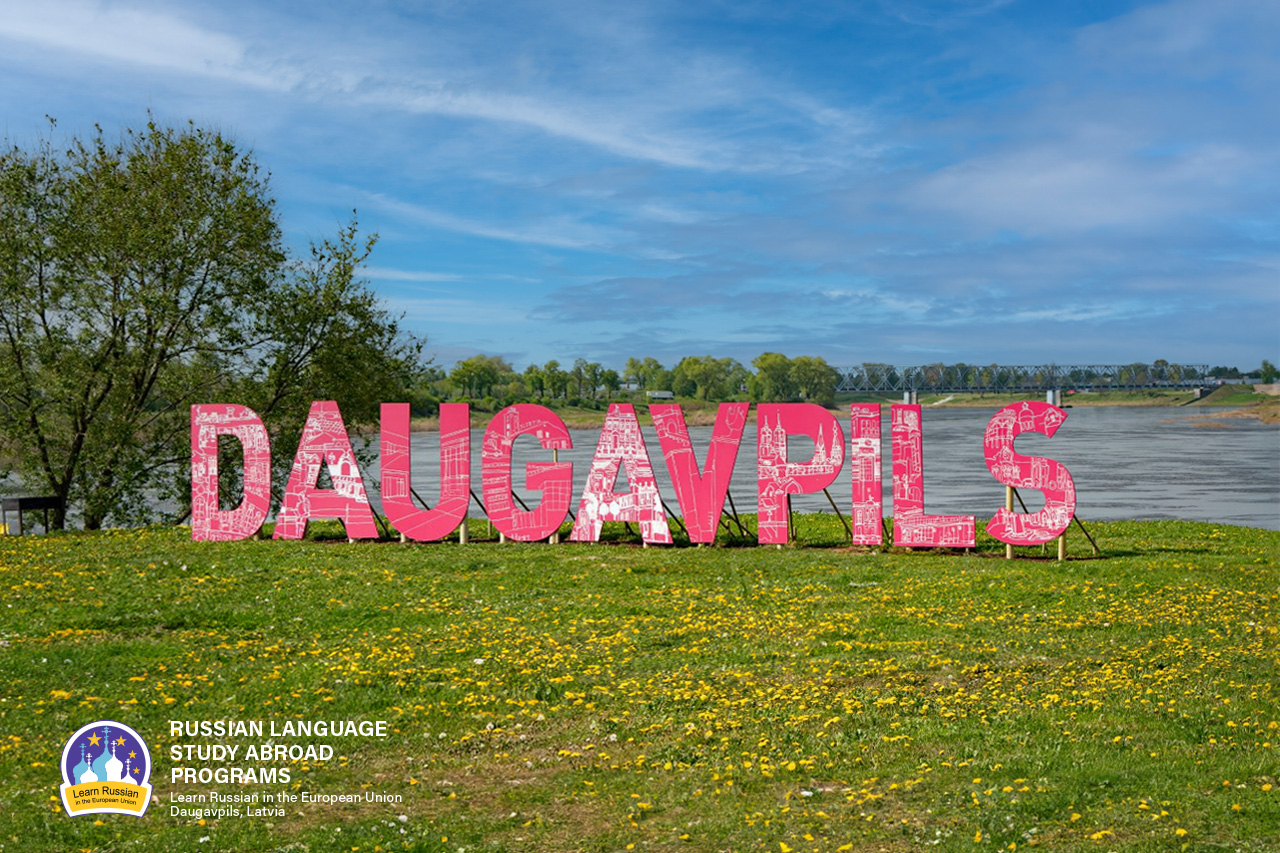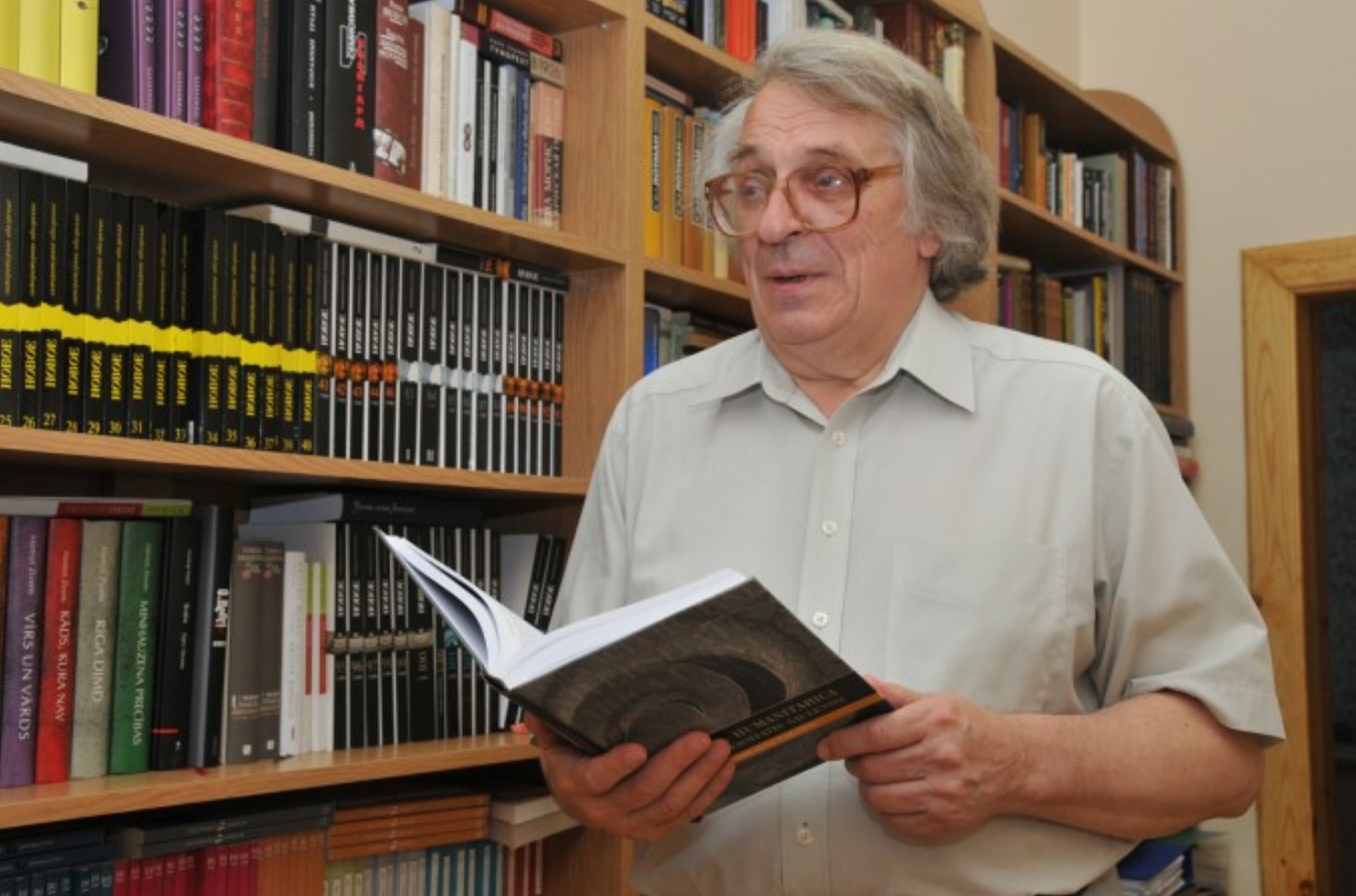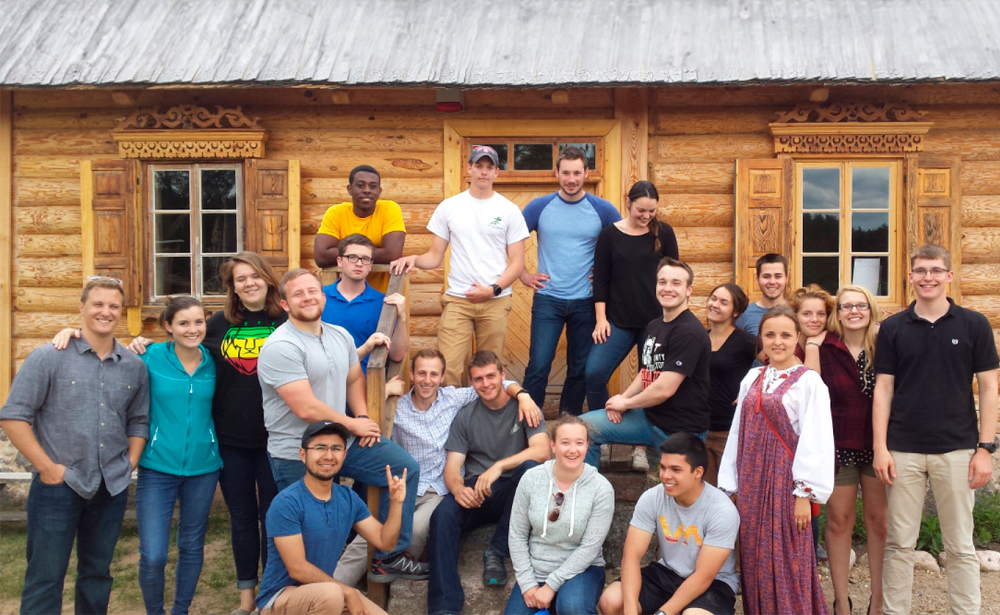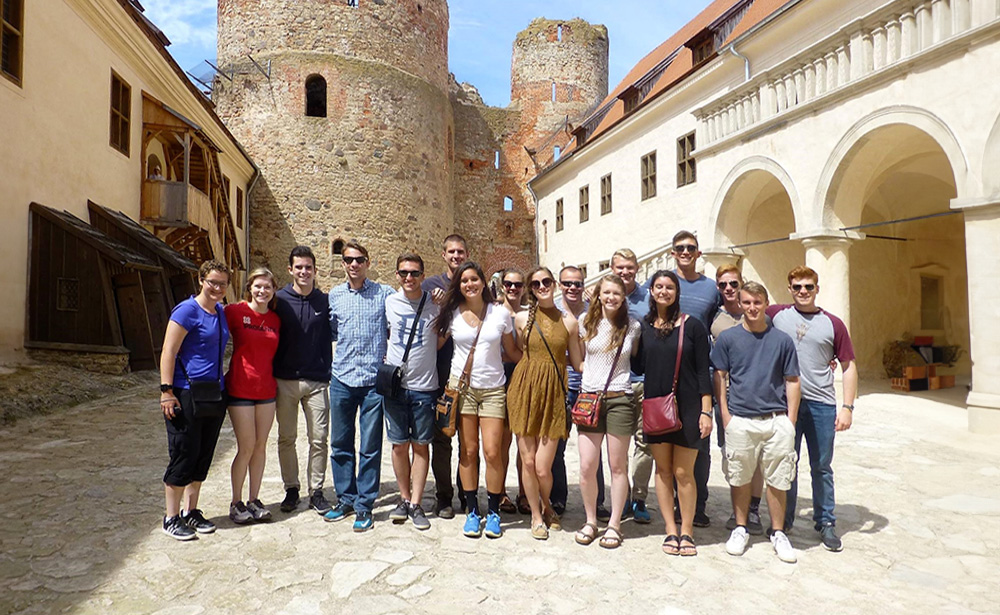Khokhloma. Origins
Today we’ll continue talking about the most beautiful folk arts in Russia, and in this article, we would like to tell you about Khokhloma. Khokhloma is an old Russian folk handicraft which is a decorative painting over a gold background of wooden tableware, furniture, and other objects.
Origins
Khokhloma was first mentioned in the 17th century in the district of Nizhny Novgorod, where actually this type of art originated from. Besides that, there are a few more theories about the origins of Khokhloma painting. According to one of the theories, it was Old-Believers who used to live in Zavolzhye who started to paint wooden tableware in a goldish color, and they started Khokhloma painting as a craft.
A lot of people who escaped from persecution for the “old faith” had long lived in small villages. Many of them were icon-painters, so they brought handmade books with bright pictures, old icons, calligraphy, fine painting crafts, and floral patterns. Some of them were skillful woodworkers and they made tableware. It also promoted the development of painting on tableware and other objects.
How to make tableware for painting
First bricks of wood are prepared for making future tableware for painting. After that, craftsmen carve out a cup or a jar from a wooden brick. The wooden articles then are dried, primed with clay mortar, and are dried again for 8 hours. After the articles are dry they are covered with raw linseed oil, which is an extremely important stage as the durability of the painting will depend on it. At the final stage, aluminum powder is rubbed into the surface of the product to give it a white-mirror shine.
Painting on the items
As we have already mentioned, Khokhloma is a decorative painting. It is made with red, green and black colors against a gold background, or vice versa with golden colors against a black background, on any wooden objects, mainly on tableware. Silver tin powder is used on wood when painting is made. Then the article is covered with a special composition and it is put in oven several times to achieve a honey-golden color which gives a light wooden tableware the effect of massiveness. In addition, this treatment in the oven allows creating items that wouldn’t be spoiled by hot food.
Twigs, grass, flowers and leaves, rowan berries and strawberries are traditional elements of Khokhloma painting. There are also images of various animals, birds and fish. Khokhloma painting uses both complex and simple ornaments.
Everyone who has ever seen Khokhloma paining in real live stays amazed, because this kind of folk art fully reflects and conveys the spirit of traditional Russian culture.
You may be interested

Why do people speak Russian in Daugavpils?
As it seems to us, Daugavpils is the best place to learn Russian now, because our city is situated in the EU and NATO, but at the same time 90% of the city’s population speak Russian at home.

ЭТЮД О ДВИНСКЕ
Etude on Dvinsk by F.Fedorov
The Baltic region is one of the most catastrophe prone regions of the 2nd millennium, especially its second part; it is the centre of attraction of ‘geopolitical’ interests of the European world. Probably the most tragic fate has befallen to the eastern part of the present Latvia and its multi-titled town of Dinaburg – Dvinsk – Daugavpils. During its 730 years long history, the town went through five rather autonomous periods of development, five different lives (German, Polish, Russian, Latvian, Soviet), and at the beginning of the 1990s it entered into the 6th period.
The history of Dinaburg – Dvinsk – Daugavpils is the history of five attempts by the town to begin its life anew; and this is determined not only by the fact that the town was four times burned down and had to start life from scratch, but first and foremost because each of these periods was characterized by a total change of ethnos and the socio-cultural field.
The present article deals with the cultural space of the town in one of the most efficient periods of its development – from the 1860s till World War I.







